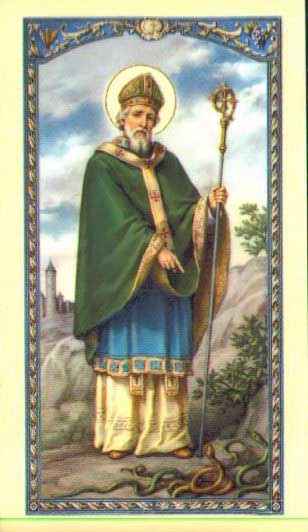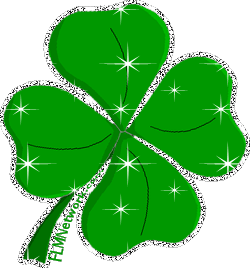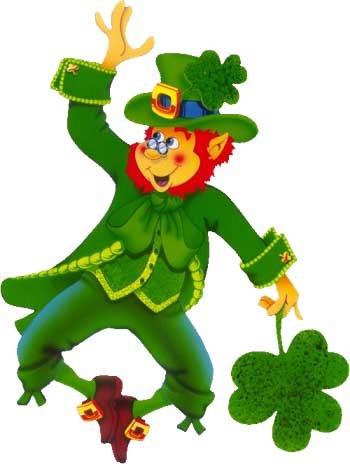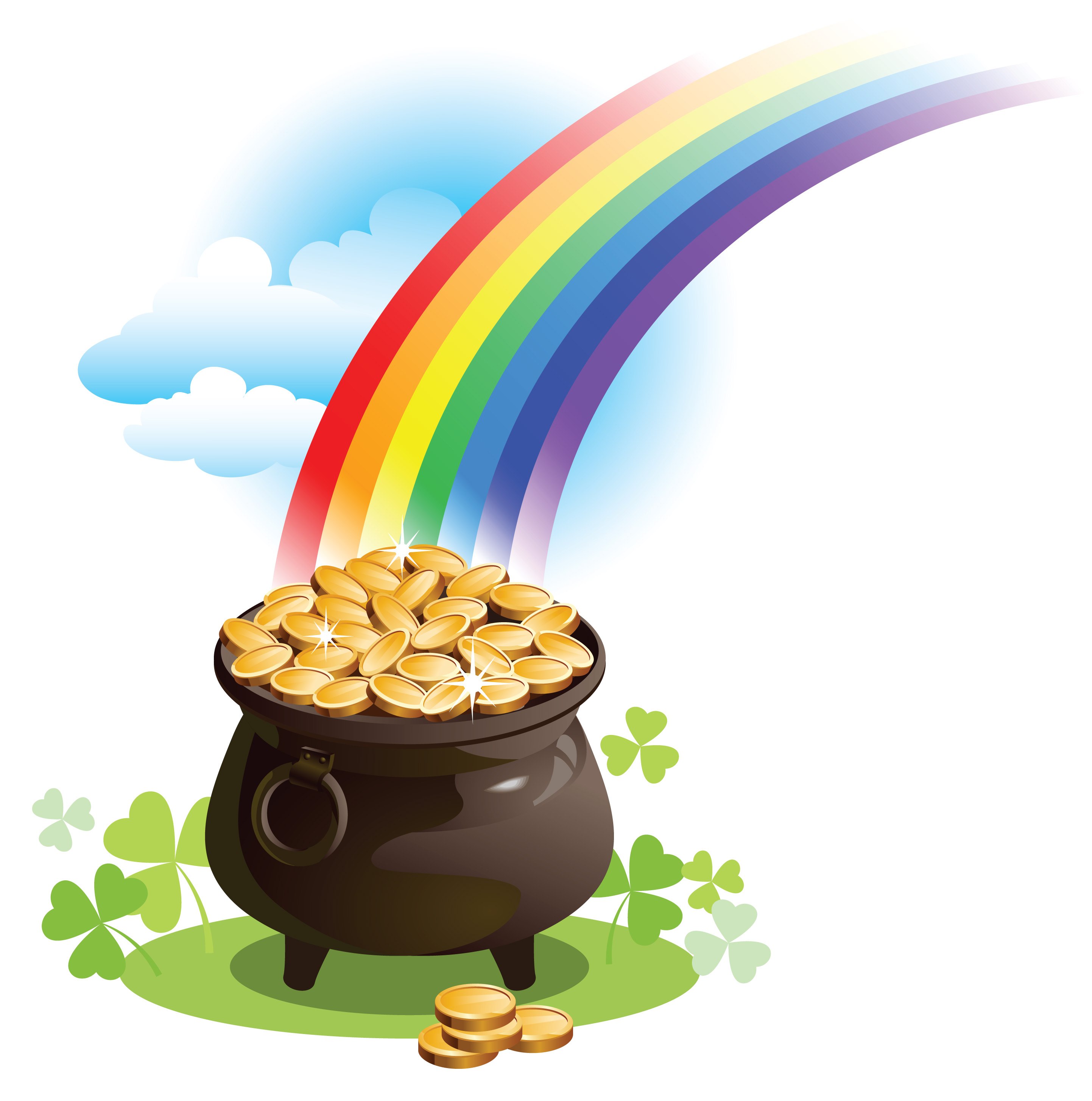
Saint Patrick
St. Patrick was not Irish. Born somewhere along the west coast of Britain in 385AD, he was captured and sold to a sheep farmer in Ireland, when he was 16 years old. At the age of 22, he escaped and spent the next 12 years in a British monastery. In his early 30's he returned to Ireland as a missionary, trying to convert the Irish people to Christianity, and remained there until he died, on March 17th, 461AD. According to historians, he was largely forgotten until centuries and it was not until the 7th Century that he was honored as a Patron Saint of Ireland.

St. Patrick's Day Celebrations
While today St. Patrick's Day is a national holiday in Ireland, and the festivities last for four days, the first parade took place in Boston in 1732, to help Irish soldiers serving in American colonies reconnect with their country. Now, the holiday is celebrated all over the world by people of Irish descent, and the biggest parade outside Dublin, takes place in New York City. However, the most fun celebration seems to be in Chicago, where they dye the Chicago River green!

(Dyeing the Chicago River Green, St. Patrick's Day)
Blue Not Green, Was the Original Color
While today, one can get pinched for not wearing green, the original color associated with St. Patrick was blue. Green was adopted in the 19th Century because it represents spring, life and most importantly, the shamrock.
As far as the 'pinch' tradition, nobody really knows how it originated. Some believe it was started because pinching gives a green bruise, while others seems to think it is an American tradition believed to have come from the myth that wearing green made one invisible to leprechauns. The pinch apparently was a reminder to beware these wily creatures.

Finding That Lucky Four-Leaved Clover

In case you don't find that four-leaved clover today, don't fret. Did you know that only one in 10,000 clovers have four leaves?
The Irish believe that each leaf means something - the first represents hope, the second faith, the third love and the fourth, happiness.
The Irish believe that each leaf means something - the first represents hope, the second faith, the third love and the fourth, happiness.
How to Catch that Sneaky Leprechaun
According to Irish mythology, the Leprechaun, (whose name comes from the mixture of 'small person' and 'one shoemaker') is a small fairy that knows the location of a pot of gold. But to get to that, you have to not only find and catch him, but also, threaten him. Apparently, the best way to find this sneaky little guy, is to nab him while he is repairing shoes - and even after that be careful, for he is crafty enough to escape!

